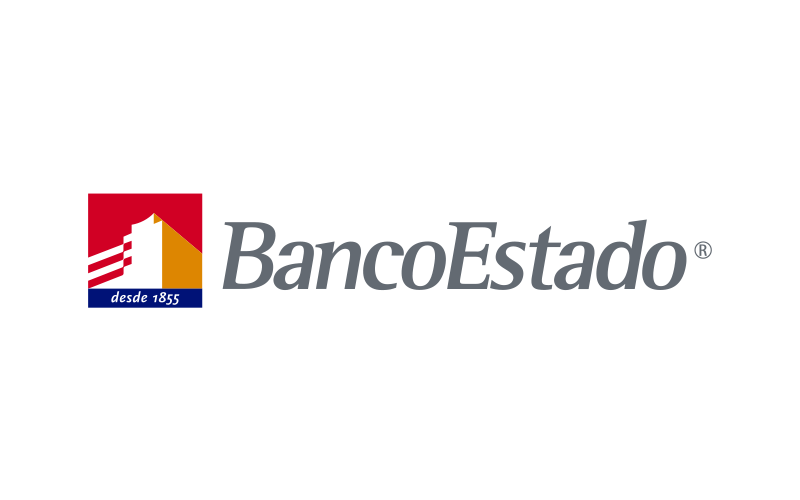Evaluating Strategies to Increase Savings Behavior in Chile

Funded by IPA and in collaboration with BancoEstado, researchers conducted a randomized evaluation in Chile that found that savings strategies to reduce bad spending habits and automatic savings plans increased users’ savings by 11 percent and 10 percent, respectively, for one year. After 18 months, both effects faded.
Savings accounts can provide a safe and secure way for low-income households to build their assets to make large, lump-sum investments or protect against unforeseen expenses. However, many holders do not actively use their accounts. For example, in Chile, 87 percent of adults in 2022 had savings accounts but only 31 percent saved in the past 12 months.1 Given this, behavioral factors may be significant contributors to limited savings, including high expenses or too many financial decisions. Evidence suggests that guiding individuals in their planning and decision making can effectively increase savings.2,3
Funded by IPA and in collaboration with the financial institution BancoEstado, researchers conducted a randomized evaluation to measure the impact of three interventions to increase savings. This included balances in formal savings accounts and CuentaRUT accounts—BancoEstado accounts in which balances can be drawn on via debit card to buy goods, withdraw money, or pay utility bills at retail stores. A total of 6,242 BancoEstado clients in Santiago with CuentaRUT accounts were randomly divided into the following groups:
- Savings strategies: Clients received five strategies to help them lower their spending on temptation goods (e.g., alcohol, tobacco, high-calorie food) via (1) animated video at a BancoEstado branch, (2) a gift bag with several items to encourage savings behavior, and (3) calendars with different monthly reminders. They also received monthly SMS reminders of these strategies.
- SMS savings reminders: Clients received individualized monthly SMS reminders of their savings goals for one year.
- Automatic savings plan: Money was automatically transferred from the clients’ CuentaRUT accounts into their personal savings accounts.
- Comparison group: Clients received no intervention.
The savings strategies and automatic savings plans increased clients’ savings by 11 percent and 10 percent, respectively, in the first 12 months. The effect of savings strategies was concentrated entirely in formal savings accounts, with the impacts largest for clients who reported at the outset that they wanted to decrease their consumption of tobacco and alcohol. Meanwhile, the effects of automatic savings plans were driven partially by mechanical increases in formal savings accounts. However, as withdrawals had consistently increased after month nine, the impacts decreased over time and faded after 18 months.
Sources
1. Demirgüç-Kunt, Asli, Leora Klapper, Dorothe Singer, and Saniya Ansar. The Global Findex Database 2021: Financial inclusion, digital payments, and resilience in the age of COVID-19. World Bank Publications, 2022.
2. Karlan, Dean, Margaret McConnell, Sendhil Mullainathan, and Jonathan Zinman. "Getting to the top of mind: How reminders increase saving." Management science 62, no. 12 (2016): 3393-3411.
3. Drexler, Alejandro, Greg Fischer, and Antoinette Schoar. "Keeping it simple: Financial literacy and rules of thumb." American Economic Journal: Applied Economics 6, no. 2 (2014): 1-31.
Implementing Partner












